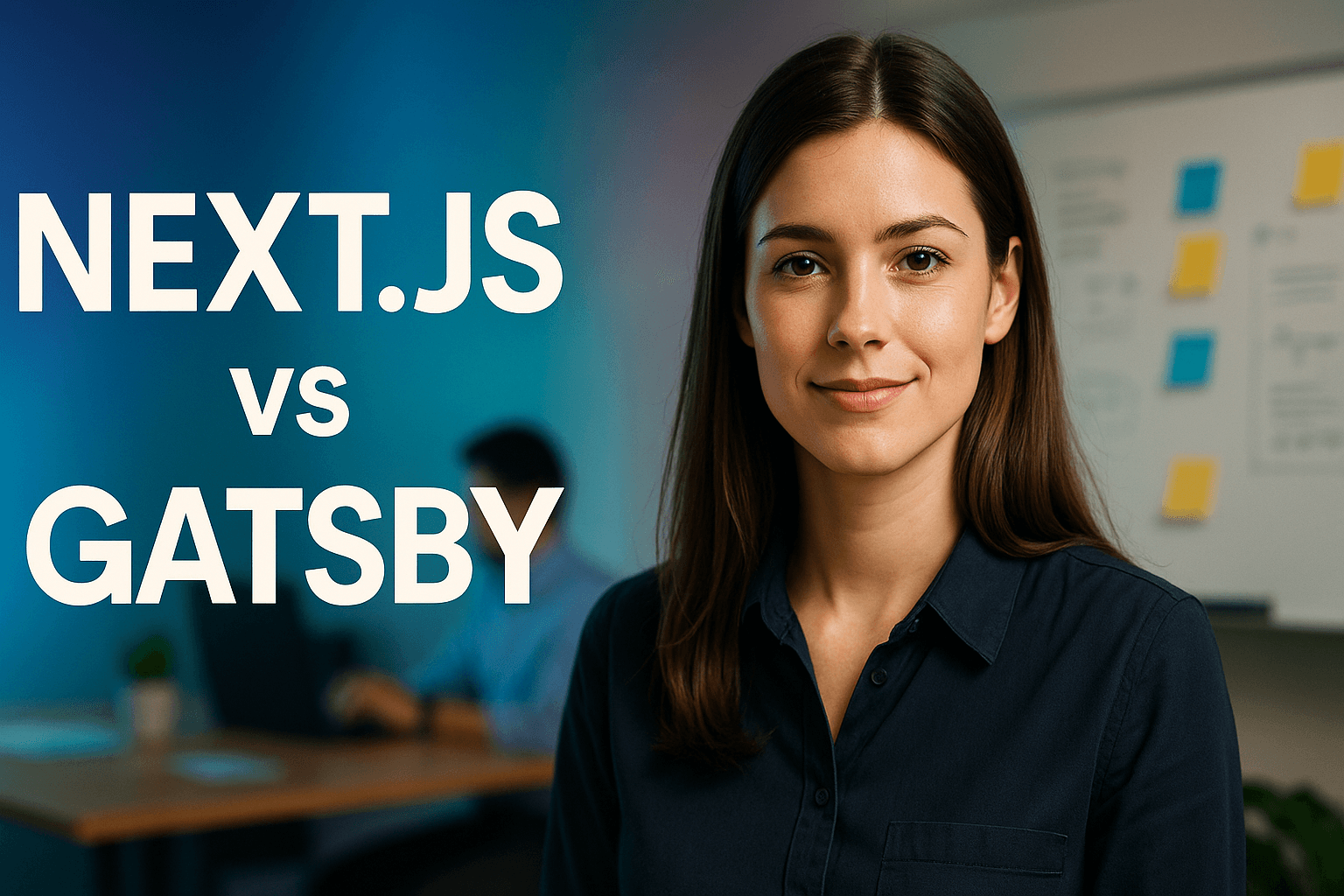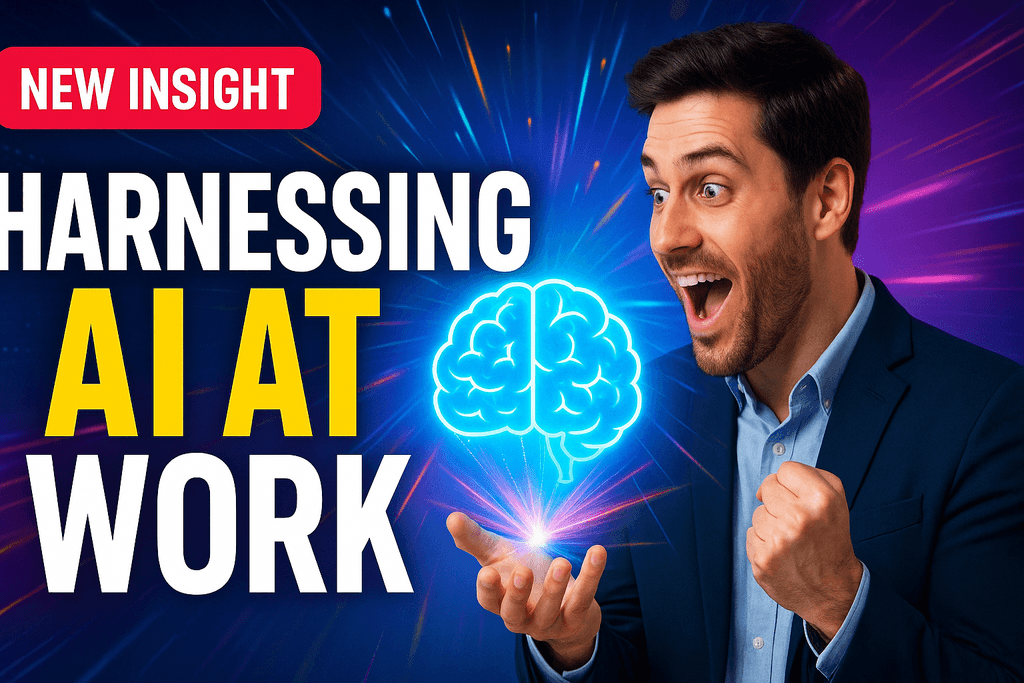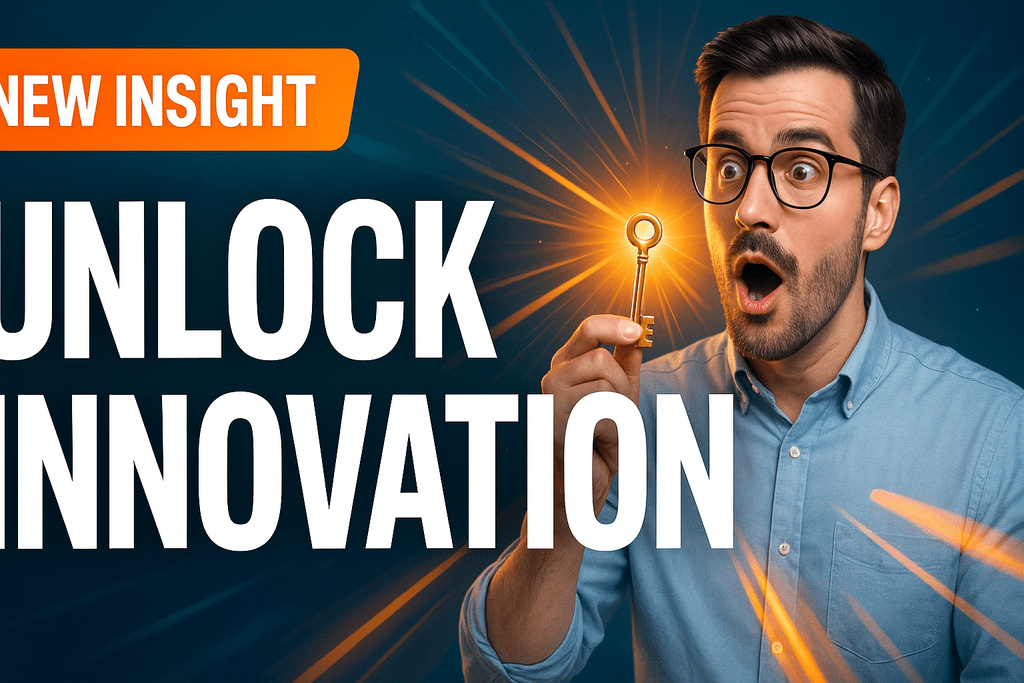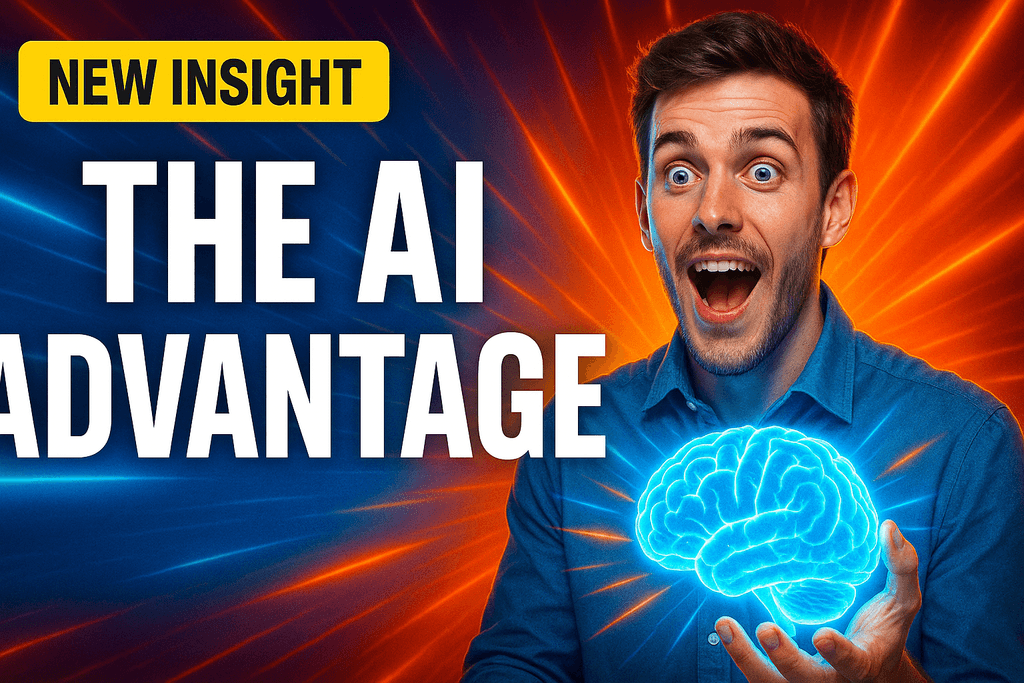
Table of Contents
Introduction
When it comes to building modern web applications with a Headless CMS, developers often face a key decision: Which framework should I use? Two of the most popular options are Next.js and Gatsby. Both frameworks offer distinct features that cater to different development needs, and choosing between them can be challenging, especially when working with a Headless CMS.
In this blog, we'll compare Next.js and Gatsby, discussing their key differences, how they integrate with Headless CMS platforms, and helping you decide which one works best for your next project. We'll also explore how AI agents and workflow automation are transforming modern development workflows, particularly with platforms like Orbitype's Agentic Cloud OS.
What is a Headless CMS?
Before diving into the framework comparison, let's quickly touch on Headless CMS. A Headless CMS is a content management system where the back-end (content storage) is decoupled from the front-end (the presentation layer). It allows content creators to manage content without being tied to a specific display format, while developers have the flexibility to deliver that content across any platform, from websites to mobile apps and IoT devices.
Popular Headless CMS platforms, like Orbitype, provide APIs that developers use to fetch content. This enables dynamic content delivery and a flexible, scalable architecture. Modern headless platforms are now enhanced with AI agents that can automate content workflows, manage data processing, and orchestrate complex publishing processes without manual intervention.
What is Next.js?
Next.js is a React-based framework that's well-suited for building dynamic web applications. It supports both server-side rendering (SSR) and static site generation (SSG), making it highly flexible and scalable.
Key features of Next.js include:
Server-Side Rendering (SSR): This allows content to be dynamically rendered on each request, ensuring that content is up-to-date and personalized.
Static Site Generation (SSG): Next.js can generate static pages at build time, which improves performance and SEO.
Incremental Static Regeneration (ISR): A unique feature that allows static content to be updated without rebuilding the entire site, providing a great balance between dynamic and static content.
Next.js is a powerful choice for dynamic websites, e-commerce platforms, or applications that require real-time content updates, such as personalized user data or interactive elements. When integrated with AI agents, Next.js applications can automatically update content, manage user interactions, and orchestrate complex workflows in real-time.
What is Gatsby?
Gatsby, on the other hand, is another React-based framework, but it focuses primarily on static site generation. It pre-builds content at build time, ensuring that the site is fast and optimized for SEO. Gatsby's main selling point is performance, as it optimizes your site's content and resources before they are delivered to users.
Key features of Gatsby include:
Static Site Generation (SSG): Gatsby generates static HTML files at build time, which results in incredibly fast page loads.
GraphQL Data Layer: Gatsby uses GraphQL to fetch data from your Headless CMS and other sources. This makes data fetching efficient and allows for flexibility in how you manage and display content.
Optimized Performance: Gatsby automatically optimizes images, minifies code, and ensures that only the necessary JavaScript is loaded for a seamless user experience.
Gatsby is best suited for content-driven static websites, like blogs, landing pages, and marketing sites, where the content doesn't change often and speed is critical. With AI workforce automation, Gatsby sites can be enhanced with intelligent content generation and automated publishing workflows.
Next.js or Gatsby: Which Framework Works Best for Your Project?
Choosing between Next.js and Gatsby comes down to understanding the nature of your project. Here's a breakdown of how each framework shines in specific scenarios:
When to Use Next.js with a Headless CMS
Next.js is perfect for projects that require dynamic content, frequent updates, or user personalization. Its flexibility allows you to manage complex applications that demand real-time data fetching, such as e-commerce sites, membership platforms, or web apps with constantly changing content.
For example, if you're building an e-commerce store with real-time inventory, personalized product recommendations, or user-specific content, Next.js is the best option. It can render product pages dynamically based on the latest data, providing a smooth and personalized experience for your users. With Orbitype's AI agents, these processes can be further automated - from inventory management to personalized content delivery.
When to Use Gatsby with a Headless CMS
Gatsby, on the other hand, is ideal for websites that are content-driven, where SEO and speed are paramount. If you're building a blog, portfolio, or landing page, Gatsby's static site generation is perfect for creating lightning-fast pages with optimized performance.
Gatsby's GraphQL integration also allows you to fetch and manage content efficiently, making it a great choice when you want a fast, SEO-optimized website without the need for constant updates. Workflow automation can enhance Gatsby sites by automatically generating and publishing content based on predefined triggers.
AI Agents and Workflow Automation: The Future of Development
Modern development workflows are being revolutionized by AI agents and workflow automation. These intelligent systems can handle complex tasks autonomously, from content generation to deployment orchestration. Orbitype's Agentic Cloud OS represents this evolution, combining PostgreSQL databases, cloud storage, and compute resources with intelligent AI agents.
Key benefits of AI-powered development workflows include:
Autonomous Content Management: AI agents can automatically create, update, and publish content based on data changes or scheduled triggers.
Intelligent Workflow Orchestration: Complex deployment and content delivery processes can be managed automatically by AI agents that understand context and dependencies.
Real-time Optimization: AI agents continuously monitor performance and can make adjustments to improve site speed, SEO, and user experience without manual intervention.
Whether you choose Next.js or Gatsby, integrating with an AI workforce platform like Orbitype can dramatically enhance your development capabilities. Learn more about AI Agent Use Cases for maximizing enterprise efficiency.
Potential Challenge: Balancing Static and Dynamic Content
A potential challenge developers face when deciding between Next.js and Gatsby is balancing static content with dynamic content. Gatsby's static generation is ideal for performance, but it can be limiting for projects that require frequent updates or personalized user data.
This is where AI agents can provide a solution. Intelligent automation can bridge the gap between static and dynamic content by:
Automatically triggering rebuilds when content changes
Managing hybrid architectures that combine static and server-rendered pages
Optimizing content delivery based on user behavior and preferences
Understanding content modeling can help you structure your content efficiently, regardless of whether you choose Next.js or Gatsby. Modern platforms like Orbitype provide workflow automation that can handle complex content relationships and dependencies automatically.
Solution: Hybrid Approach with AI-Powered Automation
A practical solution is to take a hybrid approach enhanced by AI-powered automation. Many modern web projects benefit from combining static and dynamic content, and AI agents can intelligently manage this complexity.
Next.js allows you to use static site generation for pages that don't change often, and server-side rendering for pages that need dynamic content. This allows you to strike the perfect balance between performance and flexibility. With Orbitype's Agentic Cloud OS, you can:
Automatically determine which pages should be static vs. dynamic based on content patterns
Implement intelligent caching strategies that adapt to user behavior
Orchestrate complex deployment workflows that optimize for both performance and freshness
This hybrid approach, powered by workflow automation, ensures that your application delivers optimal performance while maintaining the flexibility to handle dynamic content requirements. Learn how to implement such solutions with Orbitype's custom automation solutions.
Conclusion
Both Next.js and Gatsby are powerful frameworks, but they serve different needs. Next.js excels in handling dynamic, real-time content and can easily scale as your project grows. It's the best option for complex web applications that require flexible rendering strategies. Gatsby, on the other hand, is perfect for content-focused sites where performance and SEO are key, providing a smooth, lightning-fast experience for users.
The future of web development lies in combining these frameworks with AI agents and workflow automation. Orbitype's Agentic Cloud OS represents this evolution, offering developers the ability to build applications that are not just fast and flexible, but also intelligent and self-managing.
When choosing the right framework for your Headless CMS integration, consider the nature of your content, the required level of interactivity, and how AI workforce automation can enhance your development process. Both Next.js and Gatsby integrate seamlessly with Headless CMS platforms, including Orbitype, to help you manage and deliver content efficiently.
Ready to explore how Orbitype can enhance your Headless CMS integration with AI-powered automation? Try Orbitype for free today: Try for free.





















.png&w=1024&q=80)

